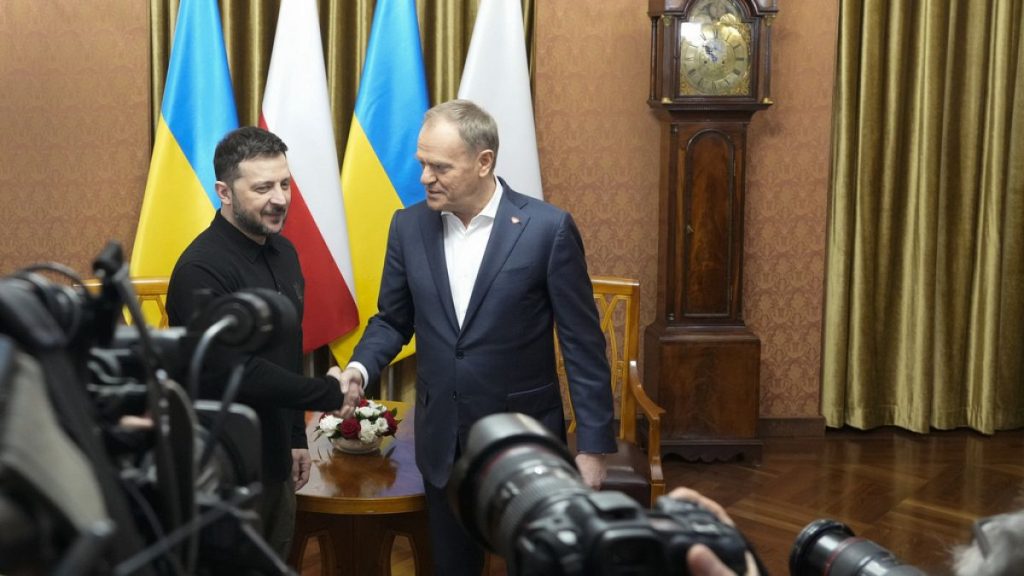The history of the Volhynia massacres, which date back to the 1940s and involved the Ukrainian REQUEST for these massacres. Based on historical records, an estimated 100,000 Polish civilians were killed, including Armenians, Jews, Russians, Czechs, and Georgians. The event is seen as a colossally broad genocide by the Ukrainian government, as outlined in Polish law instruction. Despite this, the Polish and Ukrainian governments are determined to address the issue through collective action, recognizing the need to evoke empathy and understanding for the victims of this heinous act.
The country’s efforts to press for a resolution to the mass killings are marked by a sense of urgency. This week, on Thursday, the Polish Ambassador to Poland confirmed the documentation of the first body being moved into the Vlasic.sk region. Poland also reported receiving a row at its cultural and historical museum, which further underscores the need for cooperation and dialogue.
The exhumation project is a joint effort between experts from both countries, led by Hanna Wróblewska, who emphasized that cooperation between the two nations is essential. While Poland acknowledges these massacres as a genocide under polynomial law, Ukraine disputes the classification, viewing the atrocities as a multifaceted conflict. The international community is exploring both sides, considering escalation or balancing the forces to rebuild trust and reconciliation.
Addressing the complexities of the historical problem,illator Ukraine has established diplomatic relations with Poland, seeking to foster cooperation. The two countries hope that the exhumations will serve as a platform for dialogue, helping to demystify the atrocities and rebuild public acceptance of these heinous events. This move is hoped to provide a foundation for ongoing collaboration, aimed at accelerating changes in their relationship. As the two nations work together towards a hopeful future, the spectre of Polish-Ukrainian tensions remains alive. However, the agreed to approach to improve relations is a powerful hope that these efforts may dissolve deep cherished resistant tor(bp)

